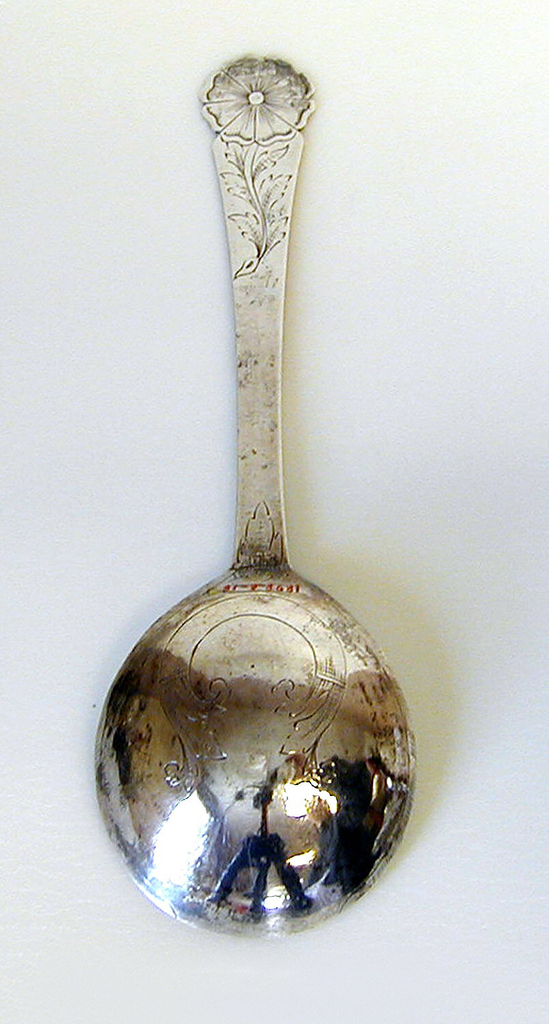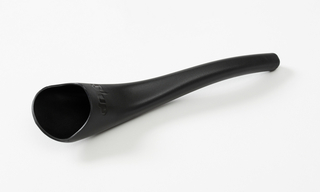There is one other image of this object. This image is in the public domain (free of copyright restrictions), and as such we offer a high-resolution image of it. See our image rights statement.
See more objects with the color grey or see all the colors for this object.
Object Timeline
|
|
|
2002 |
|
|
2006 |
|
|
2015 |
|
|
2025 |
|
Spoon with Flower-form Terminal Spoon
This is a spoon. It is dated ca. 1700. Its medium is silver. It is a part of the Product Design and Decorative Arts department.
from the introductory text to "Feeding Desire": " The earliest examples of flatware to enter the collection were a group do late eighteenth= and early nineteenth-century Scandinavian Dutch, and Russian sppons, given to the Copper Union Museum for the Arts od Decoration around 1898 by the artist and philathropist Samuel P. Avery.
This object was
donated by
Samuel P. Avery.
It is credited Gift of Samuel P. Avery.
- Spoon, S'Up
- tritan.
- Gift of S'Up Products Ltd UK.
- s-e-2660
Its dimensions are
L x W x D: 19.2 × 5.9 × 2.6 cm (7 9/16 in. × 2 5/16 in. × 1 in.)
It has the following markings
Unmarked
It is inscribed
Scratched on back of handle: "Paris Ex 1889 Sweedish" [?]
Cite this object as
Spoon with Flower-form Terminal Spoon; Norway; silver; L x W x D: 19.2 × 5.9 × 2.6 cm (7 9/16 in. × 2 5/16 in. × 1 in.); Gift of Samuel P. Avery; 1898-6-18
This object was previously on display as a part of the exhibition Feeding Desire: Design and the Tools of the Table, 1500-2005.

